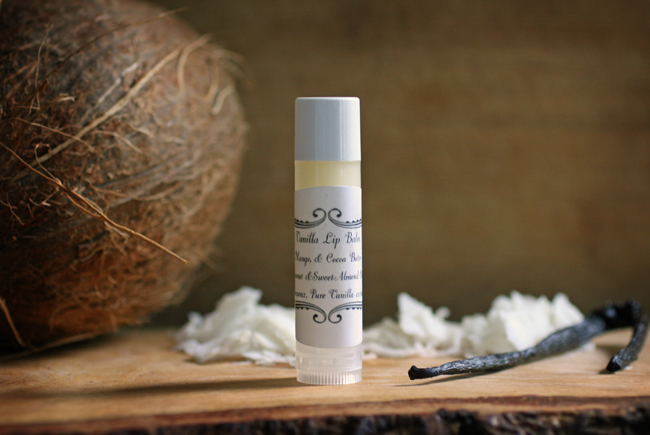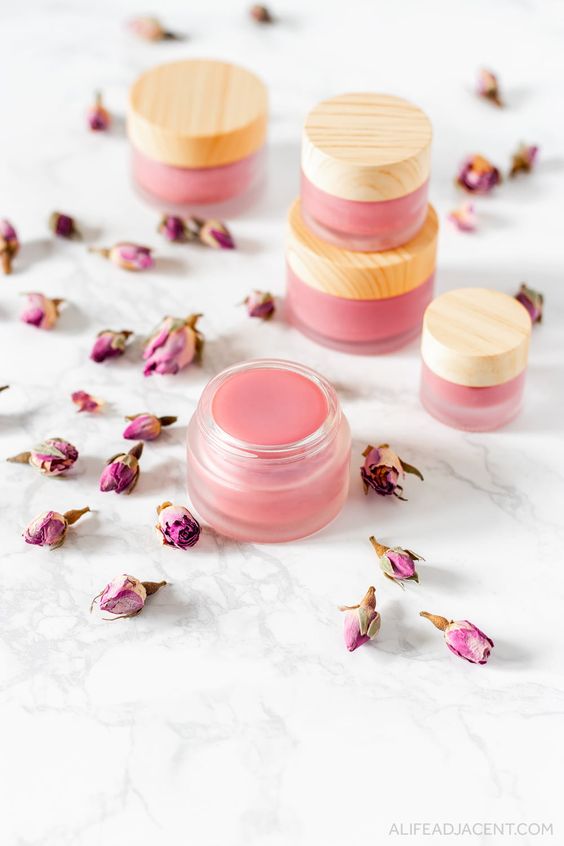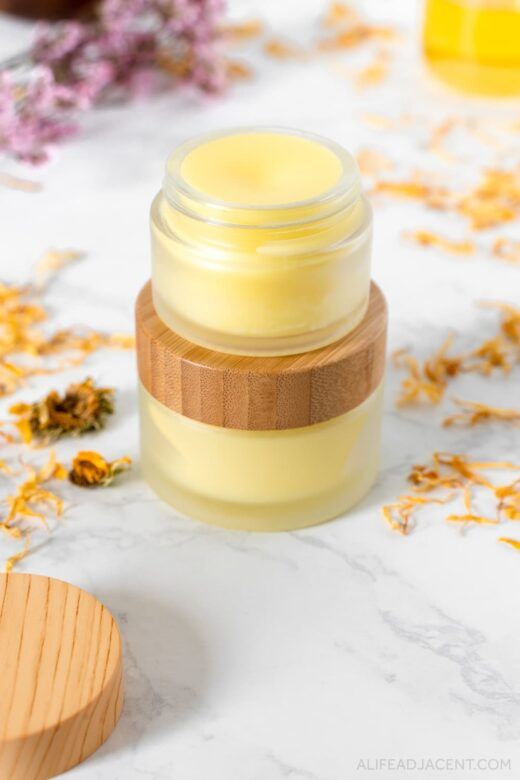Here’s a little secret: homemade lip balms are so much better than anything you’ll find in stores. Whether you’re a DIY expert or a first-timer, you can easily craft your own affordable, personalized lip treatments right in your kitchen. This simple recipe uses just four natural ingredients to create a silky-smooth, delicious Coconut Oil Vanilla Lip Balm. In just 10 minutes, you can whip up a nutrient-packed balm that will leave your lips feeling soft and sweet. Now that’s a secret worth sharing!

Unfortunately, many commercial lip balms are made with unstable, refined vegetable oils, harsh acids, and artificial fragrances that can irritate and damage the delicate skin on your lips. While you may be constantly reapplying for relief, these very products could be contributing to the dryness and discomfort you’re trying to avoid! Personally, I prefer to create my own lip balms using trusted, natural ingredients, avoiding that vicious cycle of lip balm dependence and free-radical damage. Plus, making my own personal care products makes me feel self-sufficient, crafty, and just a little bit cool—although, I admit, that’s not the main point!
Say goodbye to chemically-laden lip glosses from big cosmetic companies and get back to basics with a soothing, homemade balm for your lips. The secret formula for DIY lip balm is simple:
1 part oil + 1 part butter + 1 part beeswax = amazing lip balm
This is the easiest math you’ll do all day, and it’s the key to creating your own custom lip balms that are nourishing and all-natural. The recipe below was inspired by my innovative aunt, who gifted these sweet Coconut Oil Vanilla Lip Balms as party favors—something we all adored. You can tweak it depending on what ingredients you have or add essential oils for a little extra therapeutic touch!
Coconut Oil Vanilla Lip Balm

INGREDIENTS:
- 2 tablespoons mango butter or cocoa butter (or blend of both)
- 2 tablespoons virgin coconut oil
- 2 tablespoons beeswax (pastilles or shredded)
- 1 teaspoon pure vanilla extract
INSTRUCTIONS:
- Prepare the Beeswax and Butters: If your beeswax and butters are in solid block form, coarsely chop or grate them. If using pastilles, skip this step.
- Measure the Ingredients: Measure out equal parts of tightly packed, grated beeswax and butters into a mason jar or small glass Pyrex measuring cup. Add the coconut oil.
- Double Boiler Method: Set up a double boiler by adding about 1-2 inches of water to a small pot. Submerge the bottom of the mason jar or measuring cup in the water, ensuring that the water does not overflow. Heat the water on medium-low and stir the mixture occasionally to melt everything together.
- Mix the Ingredients: Once everything is melted, remove the jar from the heat. Add the vanilla extract and stir vigorously to combine. Be careful, as the jar will be hot.
- Pour into Containers: Pour the mixture into lip balm containers of your choice (tubes or tubs). To speed up the cooling process, place the containers in the refrigerator until they set.
- Use and Enjoy: Apply your homemade Coconut Oil Vanilla Lip Balm as needed and enjoy the nourishing, all-natural goodness!
Alternative Option: If you’re in a rush or not feeling up for a DIY project this time, there are great whole food-based lip balms available from small companies. One of my favorites is Rosemira Lip Balms, which are locally made and crafted with a perfect balance of healthy oils to heal dry or chapped lips from the inside out. It’s like homemade… but without the cleanup!
CONCLUSION
In conclusion, making your own Coconut Oil Vanilla Lip Balm is not only a fun and rewarding DIY project, but it also allows you to create a nourishing, chemical-free lip balm that’s perfect for healing and protecting your lips. With just a few simple ingredients, you can avoid the harmful additives often found in store-bought products and enjoy a smoother, more natural alternative. Whether you’re a DIY enthusiast or just looking for a healthier option, this homemade lip balm is a great way to take care of your lips while embracing your creativity. And if you’re in a pinch, there are still natural, whole food-based lip balm options available to purchase, offering the same benefits without the work. Either way, your lips will thank you!





